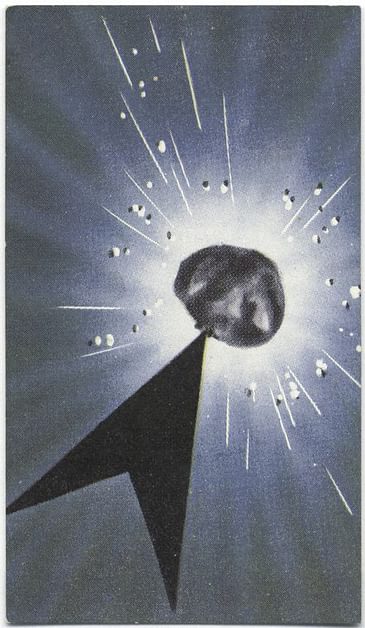Today on My Nuclear Life, host Shelly Lesher speaks with Pulitzer Prize-winning author Richard Rhodes. Shelly claims that his book was her first exposure to the history of nuclear science which helped shape her career. This conversation has been broken up into three parts. This Part 1 discussion includes topics like the beginning of nuclear science as a field until the Manhattan Project was approved.
Dick mentions a huge turning point in this story was the discovery of the neutron in 1933. He explains, “...the neutron, because it was the neutral particle, could slip right into the nucleus without being repelled by the nucleus’ positive charge”. Before the discovery of the neutron, Dick says that the three leading scientists of the age - Bohr, Rutherford, Einstein, had all mentioned that getting energy out of the nuclei of atoms was ridiculous. So what happened that changed all of this? Shelly shares how Fritz Strassman and Otto Hahn were working on shooting neutrons into a solution of uranium nitrate in Nazi-controlled Germany at the Kaiser Wilhelm Institute in Berlin. Dick says they were baffled to find barium in their solution. You will hear parts of a speech in this episode given by Otto Hahn at the University of California, Berkeley.
You will hear about Otto Frisch and Lise Meitner discussing these ideas. Included is an excerpt from Otto Frisch in 1967 from his talk called Fission: How it All Began. When the news of the discovery of fission made its way around, Dick explains how sick this made physicists feel since they could have also discovered it using their own equipment. He describes the discovery as overripe. Dick shares how although a chain reaction occurring had not been proven, people were aware of the prospects that could follow… nuclear power and “a terrible new weapon of war”.
Following the discovery of fission, there were many experiments going on, like testing chain reactions. Dick explains how the US was not at war at the time, but the war started in Europe nine months after the discovery of nuclear fission (in Nazi-Germany). The British realized this could be a problem. You will hear some of the developments up to around 1940. Dick says there was an informal communication process between the scientists about their discoveries. He says even the bomb was kept secret throughout the war.
The Army Corps of Engineers was assigned to The Manhattan Project. This got its name from the original office being in Manhattan. Science benefits from the sharing of information between departments, but at this time, Dick explains the idea of Compartmentalization.
The British wanted to know how to get the United States involved in the bomb...and it wasn’t easy! To do so, they shared some of their best secrets with the United States such as the microwave tube. Dick explains that the day nuclear fission was announced, every laboratory around the world started to look at this new reaction. He explains that the United States worked on the bomb out of fear that Nazi-Germany would get it first. The plan was to move forward on the bomb before Pearl Harbor.
Links:
Send an email to mynuclearlife@protonmail.com
Purchase The Making of the Atomic Bomb by Richard Rhodes
Check out the American Institute of Physics
Over his career, Richard Rhodes has authored 26 books exploring topics such as violent behavior, mad cow disease, the people and technologies of the Spanish Civil War, and most recently, 400 years of energy development. He is most well-known for his book "The Making of the Atomic" bomb which weaves together world events, people, and scientific discoveries which allows the reader to experience the excitement of early 20th century physics. It has been hailed as THE book on the history of the atomic bomb by historians and physicists alike including Nobel Laureates who worked on the project. Additional honors for this work include the Pulitzer Prize for General Non-Fiction, the National Book Award for Nonfiction, and the National Book Critics Circle Award.
Special thanks: Lexie Weghorn
Production costs for this episode were provided through National Science Foundation Grant PHY-1713816.
Image Credit: George Arents Collection, The New York Public Library. Atom under bombardment. Retrieved from https://digitalcollections.nypl.org/items/510d47da-9269-a3d9-e040-e00a18064a99




